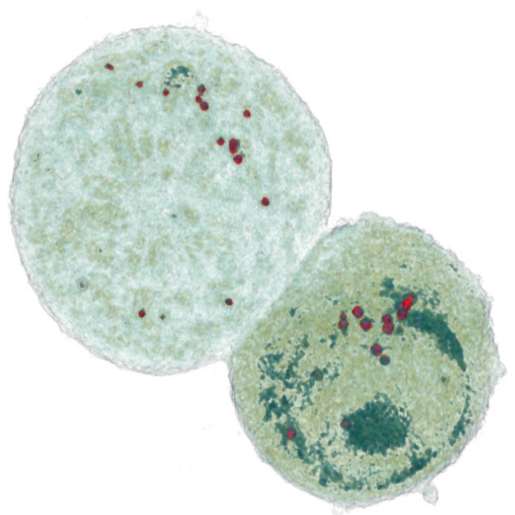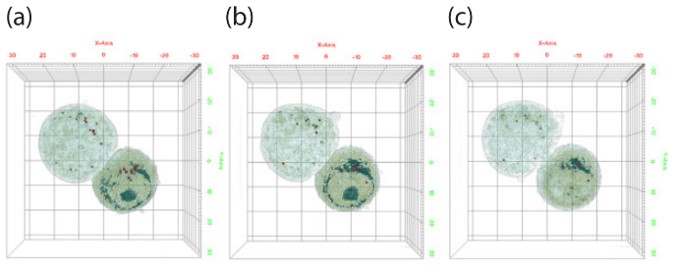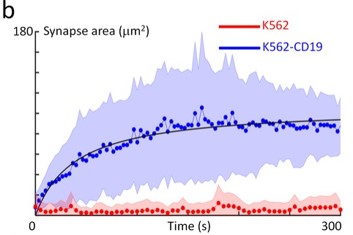SAVE UPTO 30% ON ORGANOID SERVICES & ASSAYS - Offer end 28 February 2026
Meet us at ODC25 ASEAN (December 12-13) - New Science New Culture
SAVE UPTO 30% ON ORGANOID SERVICES & ASSAYS - Offer end 28 February 2026
Meet us at ODC25 ASEAN (December 12-13) - New Science New Culture
SAVE UPTO 30% ON ORGANOID SERVICES & ASSAYS - Offer end 28 February 2026
Meet us at ODC25 ASEAN (December 12-13) - New Science New Culture







